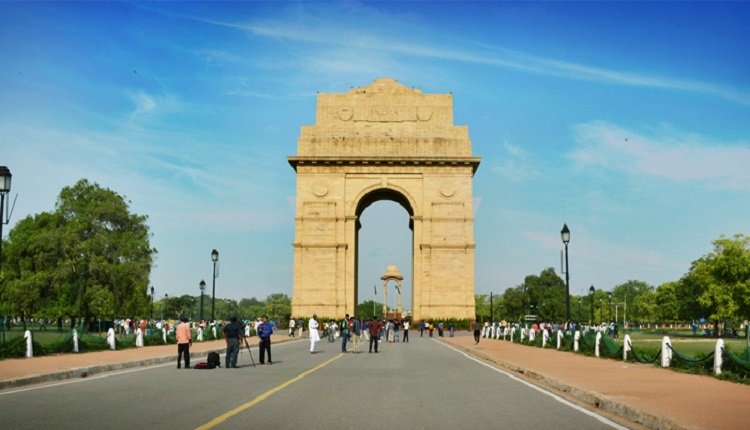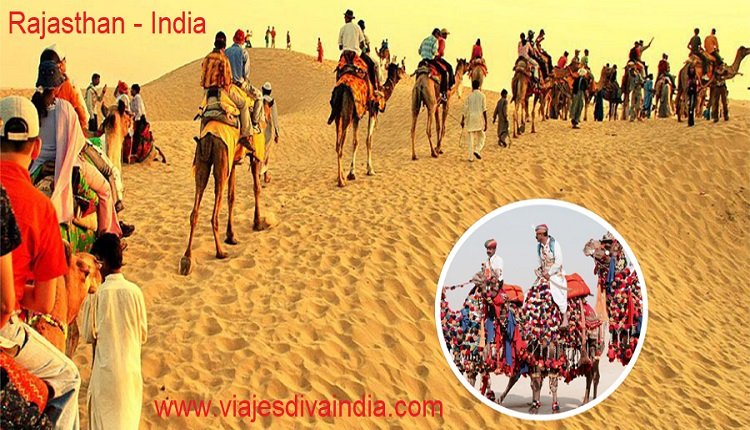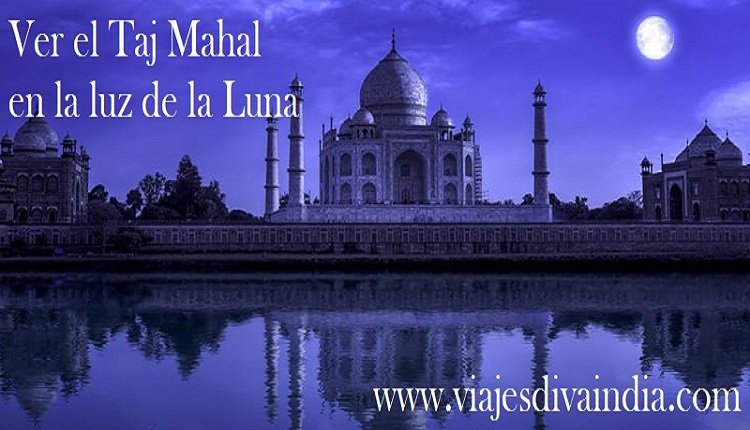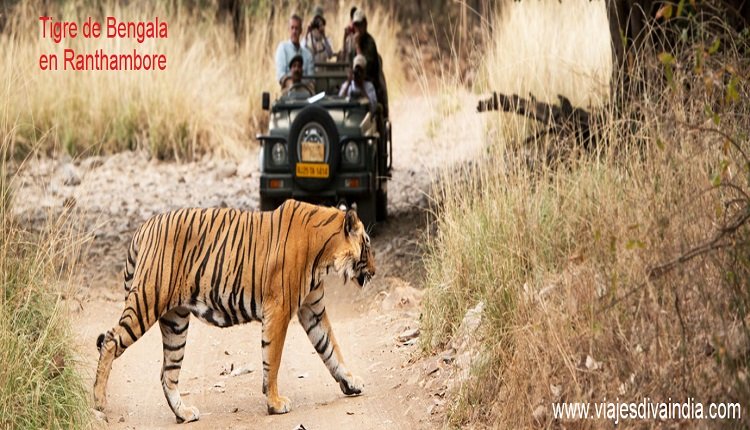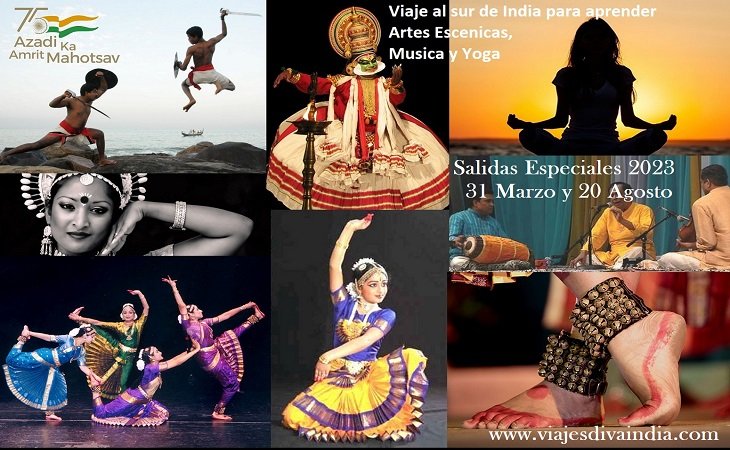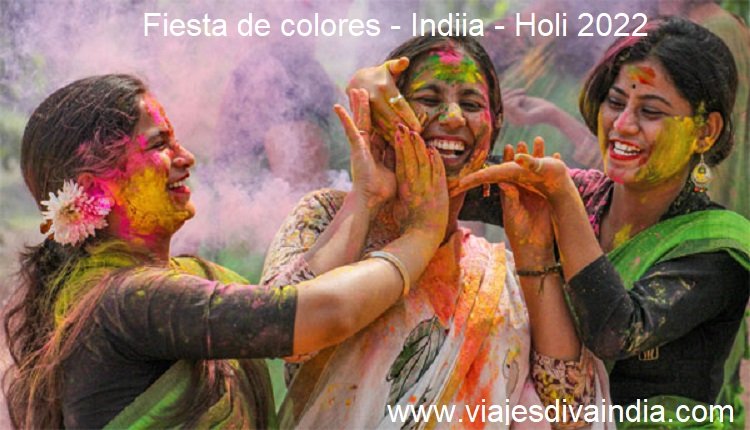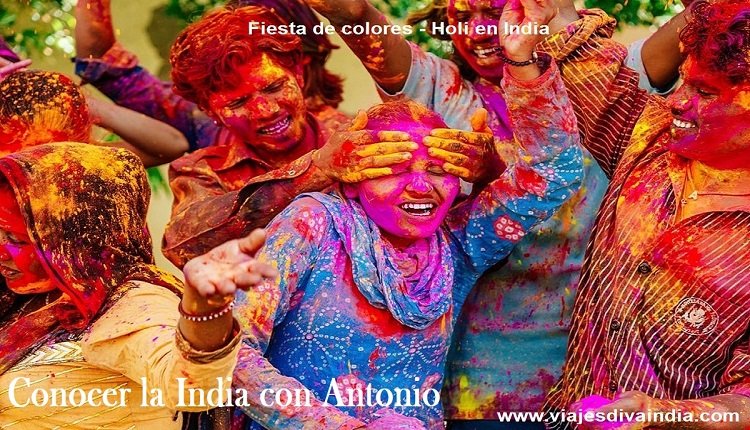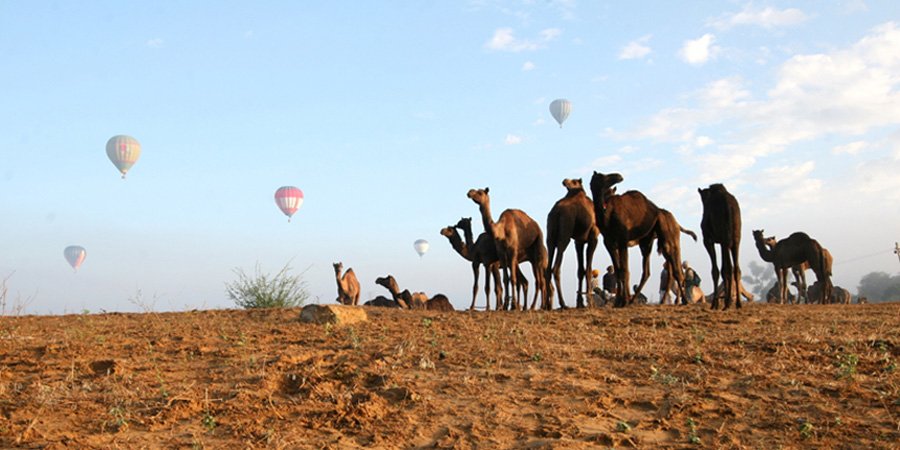Located in South Asia, India is the 7th largest country geographically and the 2nd most populous. India is the most populous democracy in the world. Bounded by the Indian Ocean in the south, the Arabian Sea in the west, and the Bay of Bengal in the east, India has a coastline of 7,517 kilometers (4,671 miles). It borders Pakistan to the west, China, Nepal and Bhutan to the north-east, and Bangladesh and Myanmar to the east. India is located in the vicinity of Sri Lanka, Maldives and Indonesia, in the Indian Ocean.
HISTORY
The first great Indian civilization flourished along the Indus River Valley for over a thousand years (approximately 2500-1700 2500-1700 BC). Its great cities, Mohenjodaro and Harappa (now in Pakistan), were dominated by priests, who sowed the rudiments of Hinduism. Aryan invaders from Central Asia swept the country between 1500 and 200 BC, and soon controlled northern India, pushing its original Dravidian inhabitants into southern regions. The occupiers brought their own gods and herding traditions and carnivorous, but they were absorbed to such an extent that by the 8th century BC the priests had re-established their supremacy, consolidated in the caste system:
Buddhism, which emerged around 500 BC, condemned this system. This led to a radical movement in Hinduism in the 3rd century BC, with the conversion of Emperor Asoka of the Mauryan dynasty, which controlled much of India. Asoka (273-232 BC) established Buddhism as the official religion of the empire, and during his reign, India experienced one of the periods of greatest splendor.
In 326 BC, Alexander the Great reached northern India during his expedition of conquest to the East, but withdrew shortly after defeating King Poros. However, the Greek cultural influence remained for a long time in the northern regions. Various empires arose and fell in the north of the country after the collapse of the Mauryas. However, one of them, the Gupta dynasty, which began in 320 AD and remained on the throne for 160 years, established another golden age of poetry, literature and art in India. This period coincided with the rebirth of Hinduism to the detriment of Buddhism. The new revival unfolded between AD 40 and 600
After the invasion of the Huns in the 6th century, northern India fragmented into a series of Hindu kingdoms and would not really reunify until the arrival of the Muslims. However, the southernmost tip, whose prosperity depended on its trade ties with the Egyptians, the Romans, and the peoples of Southeast Asia, was unaffected by the upheaval from the north, and Hinduism never saw its control of the region threatened. .
In 1192 the Muslims arrived from the Middle East. Within twenty years, the entire Ganges basin had fallen under Mohammedan control, although Islam failed to penetrate the south. Two great kingdoms developed in present-day Karnataka: the mighty Hindu kingdom of Vijayanagar, and the fragmented Muslim kingdom of Bahmani.
Mongol emperors entered the Punjab from Afghanistan, defeated the Sultan of Delhi in 1525, and ushered in another artistic golden age. But the Maratha empire grew during the seventeenth century and gradually took over Mongol territory. The Marathas, coming from the northwestern part of the Deccan (central and southern India), consolidated control of central India until they fell to the last great imperial power, that of the British crown.
However, the British Empire was not the only European country to establish itself in India: the Portuguese had controlled Goa since 1510, and the French, Danes and Dutch had also established their trading outposts there. In 1803, when the British finally defeated the Marathas, most of the country was under the control of the British East India Company, which had established its first trading post in Surat (Gujarat) in 1612.
For the British company, India was nothing more than a place to make money, and it completely despised its culture, beliefs and religions. Great Britain developed mining activities in the country to extract iron and coal, as well as tea, coffee and cotton plantations, and began the construction of the vast network of railways in India. The British encouraged absenteeism by landowners by relieving them of the burden of administration and tax collection, which, in turn, led to the impoverishment of the rural population, a problem that remains chronic in Bihar and West Bengal.
The 1857 mutiny in the north ended with the demise of the British East India Company, and the administration of the country was left to the British government.
Opposition to British power resurfaced strongly in the early 20th century. The Congress established to give India a certain degree of autonomy then began to demand real freedoms. In 1915, Gandhi returned from South Africa, where he had practiced law, to dedicate himself fully to the struggle for independence, adopting a policy of passive resistance and non-violence, or satyagraha.
World War II dealt a mortal blow to colonialism, and independence was already inevitable. But, within the country, the vast Muslim minority realized that an independent India was to be dominated by Hindus. Communalism grew, with the Muslim League led by Muhammad Ali Jinnah, spokesman for the vast majority of Muslims, and the Congress Party, led by Jawaharlal Nehru, representing the Hindu population. The attempt to create a separate Muslim nation was the main obstacle to the British granting independence to the country. But, faced with this political impasse and mounting tension, Viceroy Mountbatten reluctantly decided to divide the country and set up a swift program toward independence.
Unfortunately, the two Muslim-majority regions were located on opposite sides of the country, leaving the new Pakistani nation divided by a hostile India. When the establishment of the dividing line was finally announced, the largest exodus in history began, with Muslims moving to Pakistan and Hindus and Sikhs returning to India. More than 10 million people emigrated, and even the most conservative estimates put 250,000 of them dead. On January 30, 1948, Gandhi, deeply disappointed by the Partition and the ensuing bloodshed, was assassinated by a Hindu fanatic.
After the trauma of the national division, the first leader of independent India, Prime Minister Jawaharlal Nehru, advocated a secular constitution, socialist central planning and a strict policy of neutrality. The country chose to join the Commonwealth, but also strengthened its ties with the USSR, partly because of its conflicts with China, and partly also because of American support for its staunch enemy, Pakistan, especially hostile towards India by claiming the Muslim-majority state of Kashmir. India and Pakistan clashed violently in 1965 and 1971, the first time over the Kashmir issue and the second over East Pakistan (which achieved independence under the name Bangladesh).
The next Indian prime minister and statesman of international stature was Nehru’s daughter, Indira Gandhi, who was elected in 1966. She is still held in high esteem in the country, although some reproach her for meddling in India’s democratic foundations by declaring the state of emergency in 1975. Indira was assassinated in 1984 by her Sikh bodyguards, in retaliation for having expelled a group of armed radicals belonging to this religion from the Golden Temple in Amritsar. The Gandhi’s dynastic control in Indian politics continued when their son, Rajiv, came to power.
Rajiv implemented a new, more pragmatic policy in the country. It encouraged foreign investment and the introduction of modern technology, eased restrictions on imports, and thus numerous industries were created. These measures projected India into the 1990s and brought it out of its isolation, but did nothing to stimulate the country’s gigantic rural sector. Rajiv was assassinated during an electoral campaign by a follower of the Tamil Tigers of Sri Lanka.
CULTURE and RELIGION
Religion is intimately linked to all facets of Indian life. Despite a secular democracy, it is one of the few countries on earth where the social and religious structures that define national identity remain intact. And so it has been for at least four thousand years, despite invasions, persecutions, European colonialism, and political turmoil. With modern technology increasingly infiltrating the fabric of society, changes are inevitable, but rural India has remained much the same for thousands of years. Social and religious institutions are so strong that they have absorbed, ignored or rejected all attempts at destruction or radical change.
About 80 percent of the population practice Hinduism. In terms of the number of adherents, it is the most widespread religion in Asia and one of the oldest in the world. It is based on a vast pantheon of gods and various sacred books, and states that each person experiences a series of births or reincarnations that ultimately lead to spiritual salvation. With each birth, the person approaches or moves away from enlightenment; the deciding factor is one’s karma. Hinduism has three basic practices: puja (or worship), the cremation of the dead, and the rules and regulations of the caste system. It is a religion that does not consider proselytizing, since it is not possible to convert to it: you are born Hindu or you are not born.
On the other hand, Buddhism was founded in northern India around 500 BC, and it spread rapidly when Emperor Asoka adopted it, but it was gradually reabsorbed by Hinduism. Currently, Hindus consider Buddha as another reincarnation of the Hindu god Vishnu. Currently there are only 6.6 million Buddhists in India, although some Buddhist enclaves in the north of the country, such as Bodhgaya, Sarnath (near Benares) and Kushinagar (near Gorakhpur) remain important pilgrimage centers.
The Jain religion also emerged as an attempt to reform Brahmanic Hinduism, at the same time as Buddhism and largely for the same reasons. Jains currently number about 4.5 million and are found mostly in the western and southwestern areas of the country. This religion has never found foreign adherents. They believe that the universe is infinite and was not created by any deity. They also believe in reincarnation and possible spiritual salvation by following the path of the prophets.
There are more than 100 million Muslims in India, making it one of the largest Muslim nations in the world. Islam is the predominant religion in neighboring Pakistan and Bangladesh, and there is a Mohammedan majority in Jammu and Kashmir. The Muslim influence is reflected above all in architecture, art and gastronomy.
Sikhs in India number 18 million and live mainly in Punjab. This religion was originally intended to unite the best of Hinduism and Islam, and its basic principles are similar to those of Hinduism, although with the important difference that they are opposed to the caste system. The most important sanctuary of this religion is the Golden Temple of Amritsar.
India is the most Babel-like place on earth. There is no common Indian language, which is why English is still, in part, spoken throughout the country almost half a century after the British abandoned it. The constitution officially recognizes 18 languages, but more than 1,600 minor languages and dialects were recorded in the 1991 census. The linguistic issue is highly politicized, due in large part to the fact that the tracing of many state borders followed in many cases that of linguistic borders. Despite important initiatives to establish Hindi as the official language of the nation, to the progressive detriment of English, these attempts have been hampered by the predominance of Dravidian languages in the south of the country, far removed from the Hindi spoken in the north. The upper classes of Indian society continue to speak English as a language shared by the educated elite, hoisting it as an emblem of their social position and as a passport to the world of international business. Although, to tell the truth, only about 3 per cent of Indian citizens actually speak this language.
Indian art is basically religious in its theme and development, and to appreciate it it is necessary to have a minimum of basic knowledge about the beliefs widespread in the country. Its most prominent expressions include classical Indian dance, Hindu temple architecture and sculpture (disciplines sometimes difficult to differentiate in Hindu temples), Mongolian military and urban architecture, miniature paintings, and fascinating Indian music. . The latter may be difficult for foreigners to understand as it ignores the concept of harmony expressed in Western terms, but it is worth not being discouraged by this difference. Indians love movies. India’s film industry, centered in Bombay, is one of the most important and fascinating in the entire world. Although a huge number of the films produced there are melodramas based on three vital ingredients: romance, violence and music. The traveler will know what to expect just by looking at the fantastically hand-painted signs that dominate many streets. To get a rough idea of the content of Indian films, just imagine a mix between Rambo, Smiles and Tears, and a biblical epic by Cecil B. De Mille. It is pure popular escapism, very hard on the ear, but that the visitor should not miss under any circumstances. To get a rough idea of the content of Indian films, just imagine a mix between Rambo, Smiles and Tears, and a biblical epic by Cecil B. De Mille. It is pure popular escapism, very hard on the ear, but that the visitor should not miss under any circumstances. To get a rough idea of the content of Indian films, just imagine a mix between Rambo, Smiles and Tears, and a biblical epic by Cecil B. De Mille. It is pure popular escapism, very hard on the ear, but that the visitor should not miss under any circumstances.

